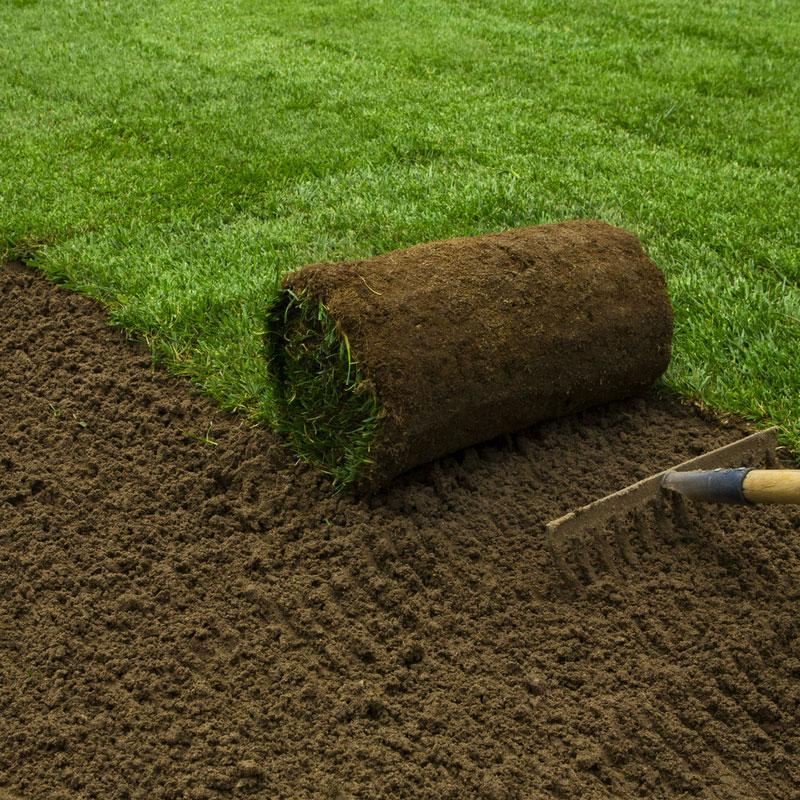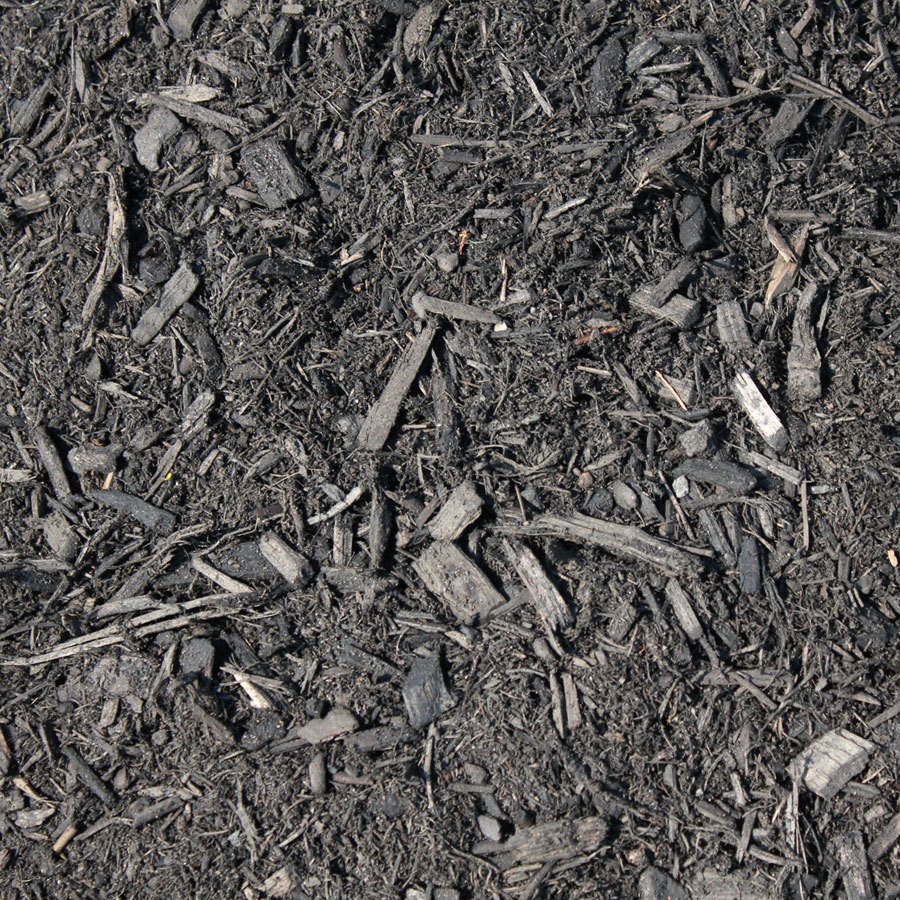
How to Choose the Right Mulch
Should you use organic or synthetic? Which mulch is best for perennial gardens? Is stone an effective mulch?
With so many different types of mulch to choose from, it’s difficult to know which one is right for your yard.
Let us guide you in selecting the perfect mulch for your application. Let’s learn more about mulch!

Start by asking yourself these 3 questions:
- Where are you placing the mulch (planting bed, vegetable garden, playground)?
- What type of landscape look would you like to achieve (natural, formal)?
- How long would you like the mulch to last (one season, multiple seasons)?
Once you’ve answered these questions, you can review the options below to find the perfect match!
1. Shredded Hardwood
This type of mulch is widely available and long lasting (it lasts from 1 to 3 years). It works well on sloped land and in flood-prone areas. Many people use it to create a natural look in landscape beds.
Con: Shredded hardwood can compact over time.
2. Cocoa Mulch
Made from chopped cocoa bean hulls, this mulch has a rich dark color and a chocolatey smell that lasts 2 to 3 weeks. It’s fairly expensive, but will last from 1 to 3 years.
Con: This type of mulch contains ingredients which can harm dogs if swallowed.
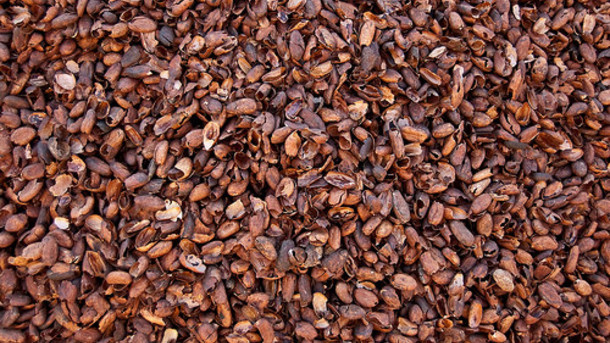
3. Straw
Straw is the stalk of grain plants. It’s lightweight and natural looking, and is a favorite among vegetable gardeners. It can be spread up to 6 inches thick, breaks down slowly, and won’t wash away.
Con: Some straw may contain weeds and/or dirt.
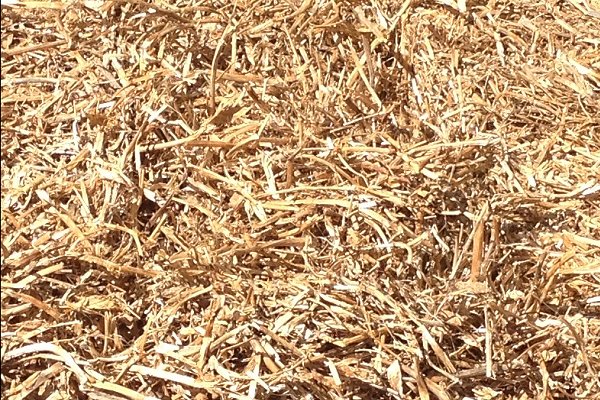
4. Grass Clippings
Use bag clippings from your lawnmower as mulch. It’s perfect for vegetable gardens or beneath shrubs, since it breaks down quickly. The clippings should be applied in a thin layer since they tend to mat.
Con: Never use grass clippings that have been treated with pesticides.
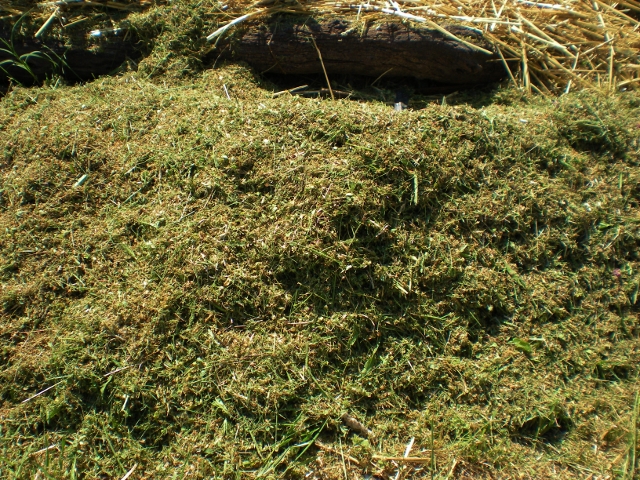
5. Compost
Inexpensive mulch, compost contains large amounts of organic material that are shared with the soil as it breaks down. Your town may even offer free or low-cost compost to residents.
Con: Beware of compost that decomposes in a pile, it could contain weed seeds and diseases. Be sure that the compost you purchase has been turned.

6. Wood Chips
When placed on top of soil, wood chips will last 1 to 4 years. They don’t contain weed seeds, and are not likely to blow away.
Con: Use them only on top of planting beds and not in the soil, since they can steal nitrogen from the soil as they decompose.
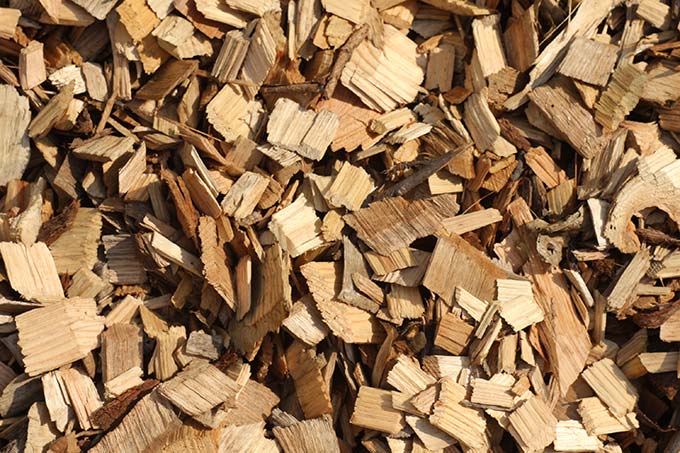
7. Seaweed
Composted seaweed is an inexpensive, and sometimes free, mulch option. This type of mulch should last several months and is full of micronutrients to benefit your soil. It’s often available regionally, but there are also some brands that are bagged for national distribution.
Con: If you are concerned about salt, seaweed can be spread out over the driveway and rinsed with a hose.

8. Colored Plastic
Colored plastic mulch has been shown to increase vegetable yield under less than ideal growing conditions. This type of mulch is long-lasting, and won’t need to be replaced for several growing seasons.
Con: Look for plastic mulch with perforations, or moisture will not be able to reach the soil.
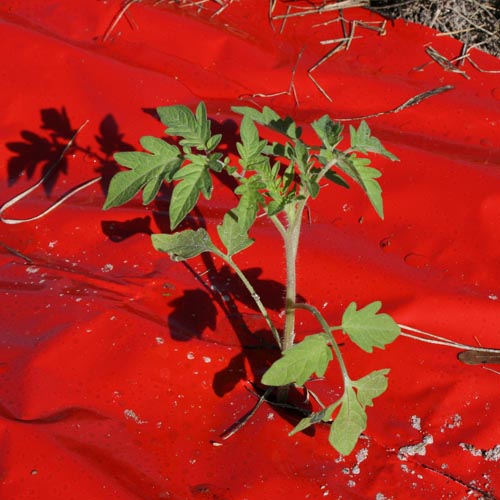
9. Landscape Fabric
Weed fabric is most often used beneath other types of mulch, but can also be used alone on vegetable garden paths. Fabric provides long-term coverage and is excellent for stopping weeds.
Con: It can prevent desirable organic material from reaching the soil.
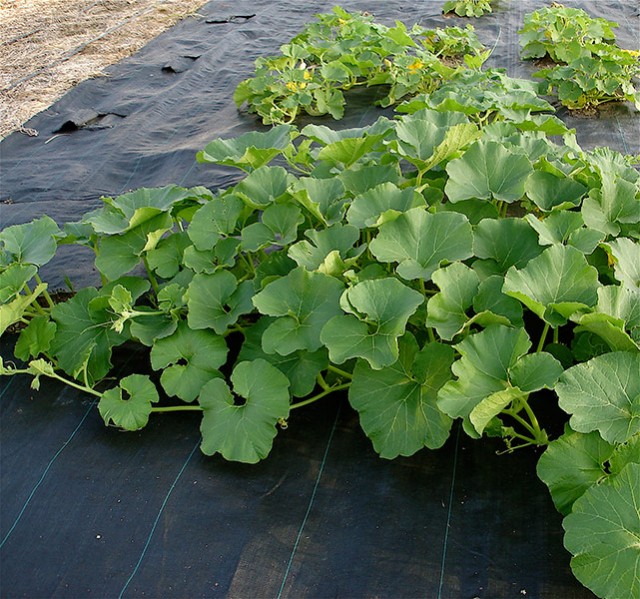
10. Decorative Stone
Stone is often used in Southwestern-style gardening to create a formal look. It’s a long-lasting mulch that will stay in place and doesn’t break down.
Con: The stone absorbs heat during the day and releases it to the plants at night which can cause faster water loss from the soil, so choose light-colored stones if this is a concern.

Now that you’ve chosen what type of mulch suits your project needs, how much will you need? If you know how much square footage you’re going to cover and how deep you’d like the material, our bulk materials estimator can help you find that answer.
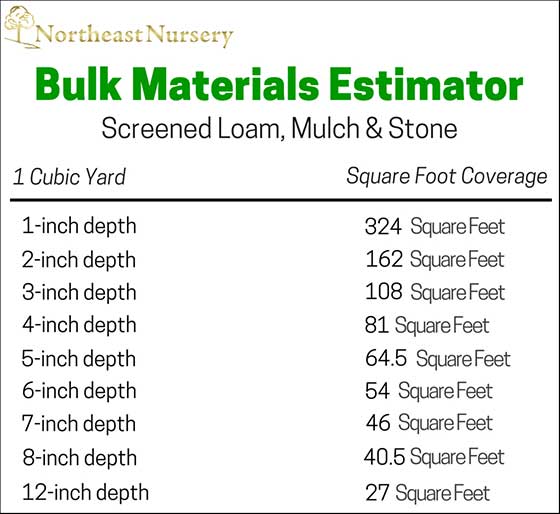
Here’s an example to help simplify your calculations. Maybe you’d like to lay your mulch at a 3-inch depth and you have 200 sq. ft. that you’d like to cover. By consulting the chart above, you know that 1 cubic yard of mulch will cover 108 sq. ft. at a depth of 3 inches. If you divide your square footage by 108, that will determine how many yards of mulch you’ll need to order. In this case you would need to order 1.8 cubic yards for your project.
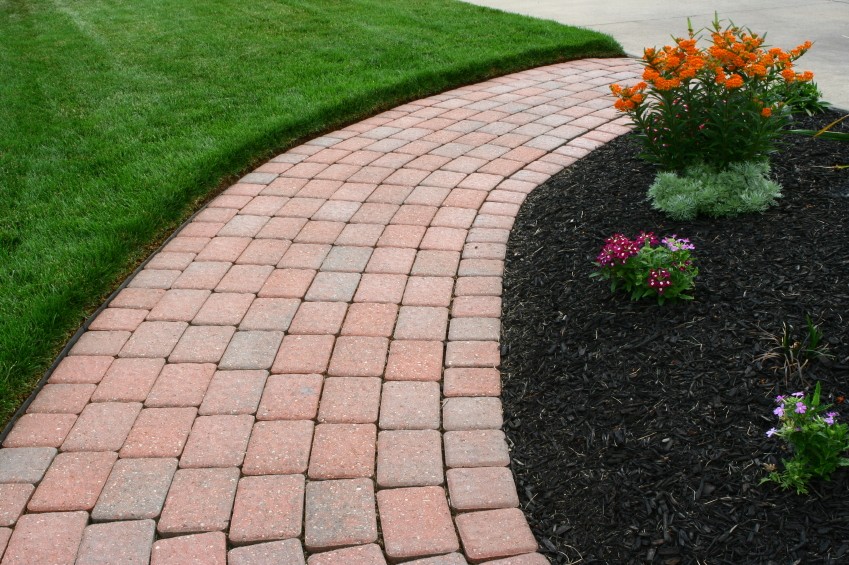
The right mulch can reduce weeds, improve moisture retention, maintain soil temperatures and beautify your landscape. The ideal mulch is priced right, readily available, easy to apply, stays in place, provides organic matter to the soil and is free of weeds and insects. Short of finding the “perfect” mulch, you can find the mulch that’s perfect for your project by understanding the pros and cons of each of the different varieties. Happy mulching!
Browse our selection of mulch by the yard:
Playground/Safety Mulch- Our Playground & Safety mulch creates a soft landing surface and meets or exceeds ASTM standards for head injury criteria. A natural wood color, our playground mulch is the ideal fit for your next playground project.
Red Hemlock Bark Mulch - 100% Pure hemlock- A rich, natural reddish color- This is not "fake" painted wood mulch
Aged Dark Mulch - A Mix of Pines- Dark Brown, almost black in color
Pine/Spruce Mix - Mix of Pine and Spruce Barks- A rich brown color
Browse our selection of mulch by the bag:


